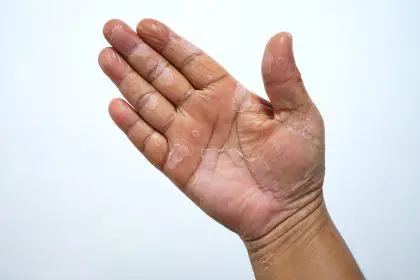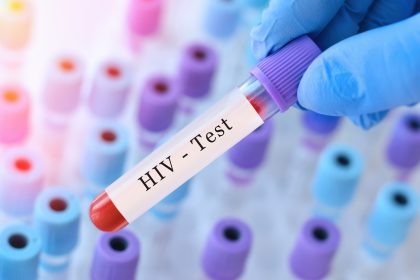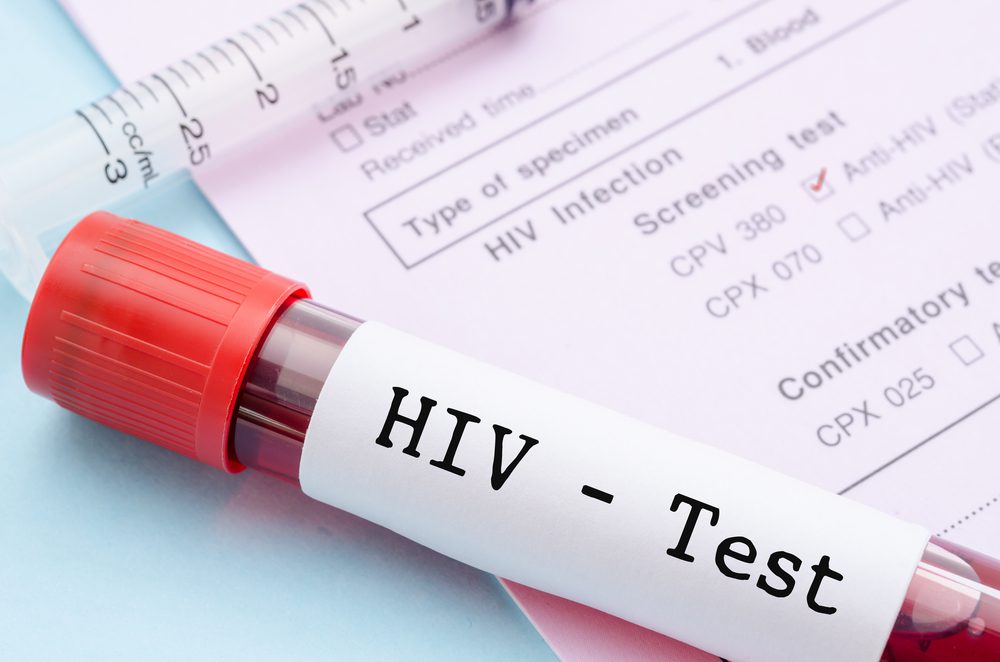You’ve been dealing with painful, recurring lumps that pop up in your armpits, groin, or under your breasts like unwelcome guests who refuse to leave. They’re not like regular pimples or ingrown hairs, these deep, throbbing bumps hurt so much they can make simple movements like lifting your arms or walking painful. When they finally burst, they release foul-smelling fluid and leave behind ugly scars that make you want to hide your skin forever.
You’ve probably trudged from doctor to doctor, only to be told these are just boils, bad hygiene issues, or sexually transmitted infections. Maybe you’ve been handed another round of antibiotics that help temporarily before the nightmare cycle starts all over again. The worst part isn’t even the physical pain – it’s the feeling that you’re dirty or doing something wrong, especially when these bumps keep showing up in the most intimate areas of your body.
What you’re likely dealing with is hidradenitis suppurativa, a chronic inflammatory condition that affects millions of people but remains one of the most misunderstood and misdiagnosed skin disorders in medicine. Despite being relatively common, most doctors have never properly learned about it, leaving patients to suffer in silence while their condition gets progressively worse.
Your immune system has declared war on your hair follicles
Hidradenitis suppurativa isn’t caused by poor hygiene, sexual activity, or anything you’re doing wrong. It’s an inflammatory condition where your immune system essentially goes rogue and starts attacking hair follicles in areas where skin naturally rubs together. Think of it like having an overzealous security system that treats normal hair follicles as dangerous intruders.
The inflammation starts deep in the hair follicles and spreads to surrounding tissue, creating painful nodules that can grow to the size of golf balls. Over time, repeated inflammation creates tunnels under your skin called sinus tracts, which connect different lesions and make the whole situation even more complicated and painful.
Nobody knows exactly why the immune system decides to target these specific hair follicles, but genetics definitely play a starring role in this medical mystery. About one-third of people with hidradenitis suppurativa have family members with the condition, suggesting there are genetic factors that make some people more susceptible to developing this type of misdirected inflammatory response.
The seven-year diagnostic nightmare
Here’s the most infuriating part about hidradenitis suppurativa – it takes an average of seven years to get an accurate diagnosis. Seven years of being told you have everything except what you actually have. Seven years of treatments that don’t work because they’re targeting the wrong condition entirely.
The condition gets mistaken for boils, infected cysts, sexually transmitted infections, or chronic acne. Because it affects intimate areas of the body, many people are too embarrassed to seek help promptly, which delays diagnosis even further. When you finally work up the courage to see a doctor, you’re often met with dismissive attitudes or quick misdiagnoses that send you down the wrong treatment path.
There’s no blood test or scan that can definitively diagnose hidradenitis suppurativa. The diagnosis relies on recognizing the pattern of symptoms, understanding where lesions typically occur, and identifying the recurring nature of the condition. This requires healthcare providers who actually know what to look for, which is unfortunately a rare find in many medical practices.
When medical training fails patients
The problem starts in medical school, where hidradenitis suppurativa gets maybe a paragraph in dermatology textbooks if it’s mentioned at all. Most doctors graduate without ever seeing a case or learning how to recognize the condition. When they encounter patients with these symptoms in practice, they fall back on more familiar diagnoses that don’t fit the actual clinical picture.
Emergency room doctors often see people during painful flares and focus on draining the immediate lesion without considering the underlying chronic condition. Primary care physicians might recognize that something isn’t normal but lack the specialized knowledge to make the correct diagnosis or provide appropriate referrals.
Standard treatments become expensive band-aids
The most common first-line treatments for hidradenitis suppurativa are antibiotics, which can temporarily reduce inflammation and bacterial overgrowth in the lesions. But here’s the catch – antibiotics rarely provide long-term control and often become less effective over time as bacteria develop resistance. It’s like using a bucket to bail water out of a sinking boat without fixing the hole.
Topical treatments like medicated washes or antibiotic creams might help with very mild symptoms but are completely inadequate for moderate to severe disease. Anti-inflammatory medications can reduce pain and swelling during flares but do nothing to prevent new lesions from forming.
Many people get trapped in cycles of temporary improvement followed by devastating flares, which becomes incredibly demoralizing over time. The unpredictable nature of the condition makes it impossible to plan activities or feel confident about your body, and the lack of consistently effective treatments can lead to genuine despair.
The insurance nightmare makes everything worse
Even when doctors finally diagnose hidradenitis suppurativa correctly, accessing effective treatments becomes another battle entirely. Newer biologic medications that target specific parts of the immune system can be incredibly effective, but they cost thousands of dollars per month and insurance companies often require patients to fail multiple cheaper treatments first.
This means spending months or years trying treatments that doctors already know probably won’t work just to satisfy insurance requirements for accessing medications that might actually help. Meanwhile, the condition continues progressing and causing permanent damage to your skin and quality of life.
Hormones turn your body into a battleground
Women often notice their hidradenitis suppurativa symptoms fluctuate dramatically with their menstrual cycles, typically getting worse in the week before their period when hormone levels are shifting. It’s like having a monthly reminder that your body is working against you in ways you can’t control.
Pregnancy can either dramatically improve symptoms or make them much worse, and there’s no way to predict which direction things will go until you’re already pregnant. Menopause sometimes leads to improvement, but some women find their symptoms persist or even worsen as hormone levels decline.
Birth control pills and other hormonal treatments sometimes help manage hidradenitis suppurativa, especially in women whose symptoms clearly correlate with their menstrual cycles. However, hormonal approaches don’t work for everyone and can sometimes make symptoms significantly worse, adding another layer of unpredictability to treatment attempts.
The puberty connection nobody talks about
The condition often starts during puberty, which helps explain why it affects women more than men and why hormonal factors play such a significant role. Imagine dealing with normal teenage body changes while also developing a painful, disfiguring condition that affects the most private areas of your body.
Many people first develop symptoms during their teenage years but don’t get diagnosed until they’re adults, meaning they spend their formative years believing something is fundamentally wrong with their hygiene or their body. This can create lasting psychological impacts that persist even after proper diagnosis and treatment.
The psychological damage runs deeper than scars
Living with hidradenitis suppurativa affects far more than just your physical health. The chronic pain, unpredictable flares, and visible scarring can lead to severe depression, anxiety, and social isolation. Many people avoid activities like swimming, dating, or intimate relationships because of embarrassment about their condition.
The location of lesions in intimate areas makes the condition particularly distressing and difficult to discuss with partners, friends, or even healthcare providers. Some people develop severe body image issues or avoid seeking medical care for other conditions because of shame about their hidradenitis suppurativa.
The combination of chronic pain, social isolation, and years of medical dismissal creates a perfect storm for mental health problems. Many people with hidradenitis suppurativa report feeling like their lives have been stolen from them by a condition that nobody understands or takes seriously.
Support communities become lifelines
Online support groups and communities dedicated to hidradenitis suppurativa often provide more useful information and emotional support than years of medical appointments. Connecting with others who understand the unique challenges of living with this condition can be genuinely life-changing for people who have felt isolated and misunderstood.
These communities share practical tips for managing flares, navigating the healthcare system, and advocating for proper treatment. They also provide emotional support during the inevitable dark moments when the condition feels overwhelming and hopeless.
Finding doctors who actually get it
If you suspect you have hidradenitis suppurativa, finding a healthcare provider with actual experience treating the condition can completely change your treatment outcomes. Dermatologists who specialize in inflammatory skin conditions are usually your best bet, though some primary care providers and gynecologists also have expertise in managing the condition.
Don’t be afraid to seek multiple opinions if you feel like your concerns aren’t being taken seriously or if treatments aren’t providing meaningful relief. Many people with hidradenitis suppurativa have to become fierce advocates for themselves to get appropriate care, which shouldn’t be necessary but often is.
Keep detailed records of your symptoms, potential triggers, and treatment responses to help healthcare providers understand your specific pattern of disease. The more information you can provide, the better equipped they’ll be to develop effective treatment plans tailored to your individual situation rather than relying on generic approaches that might not work for your particular case.














